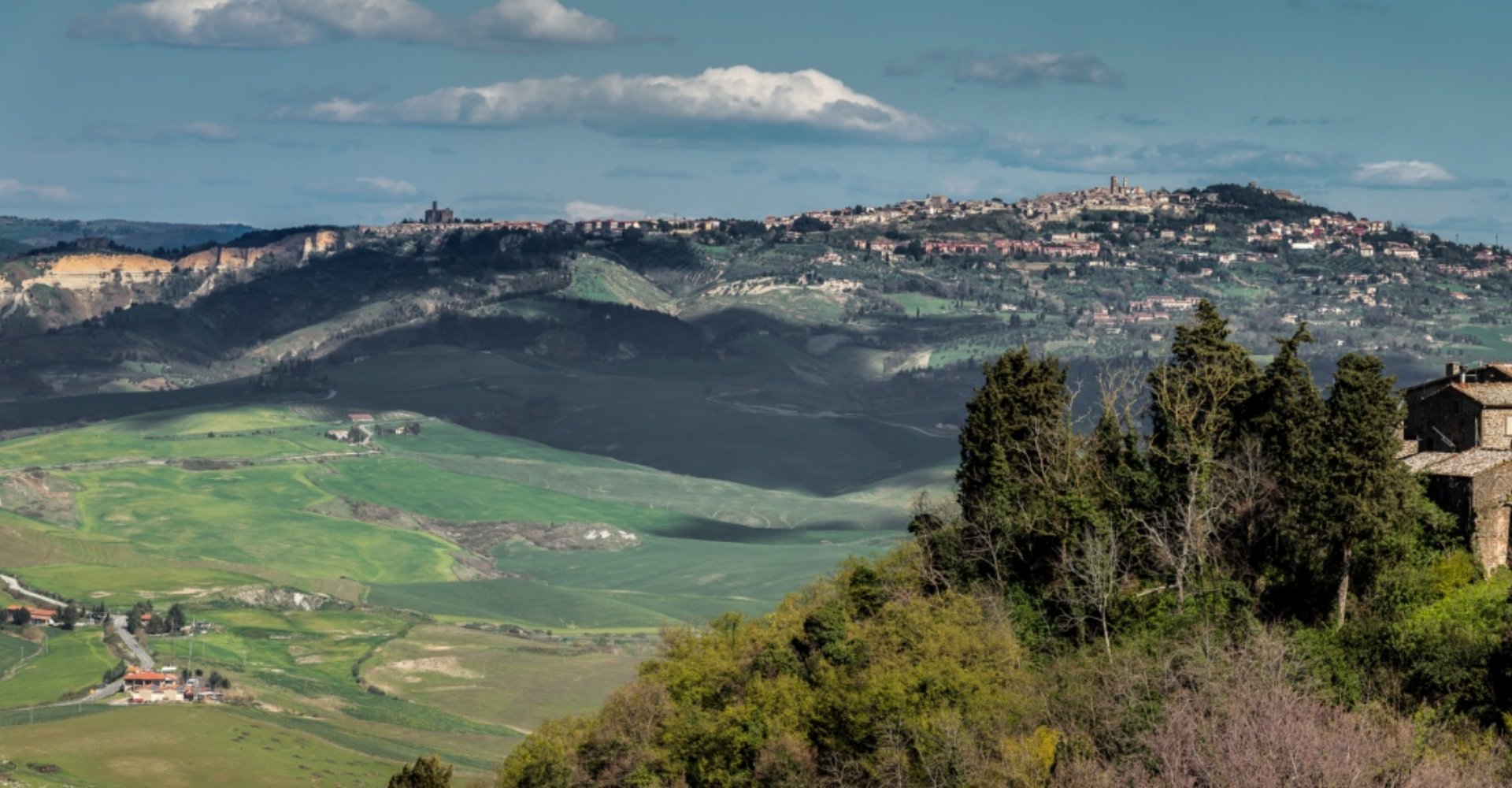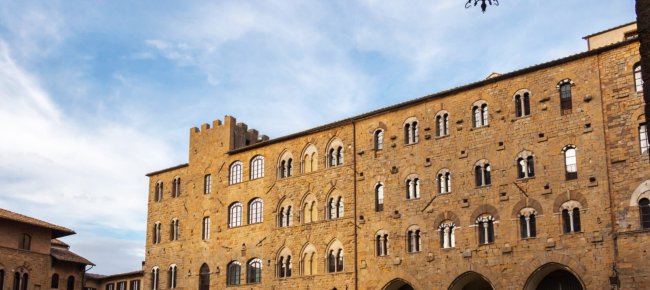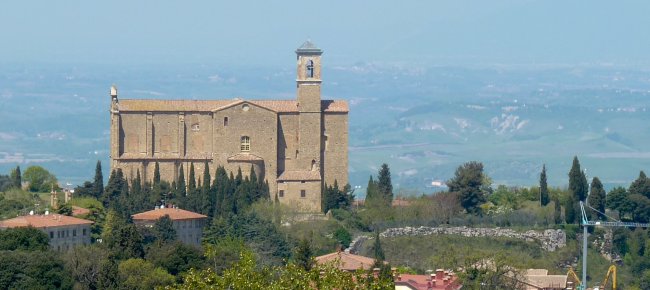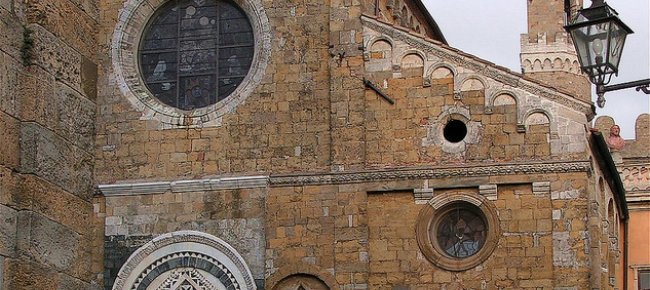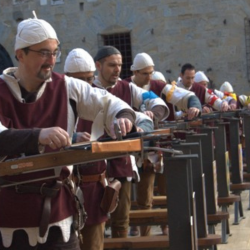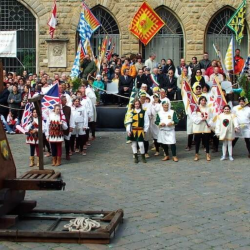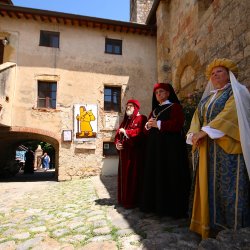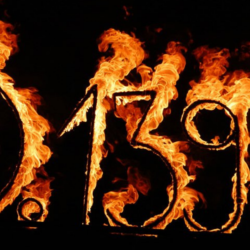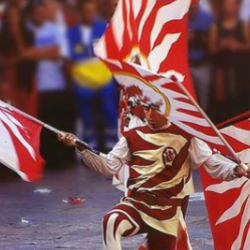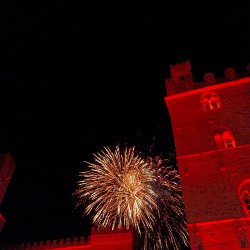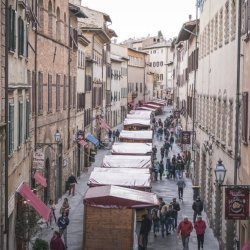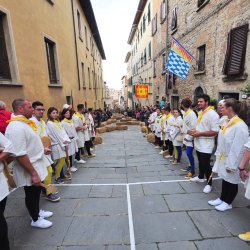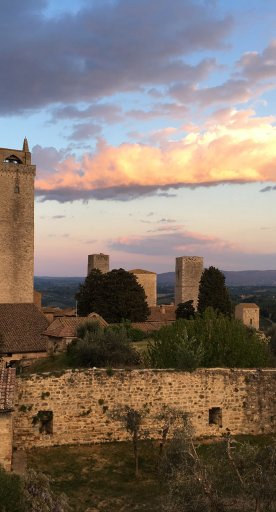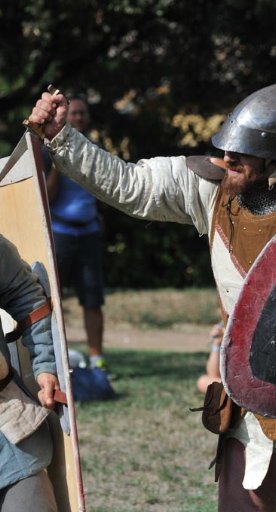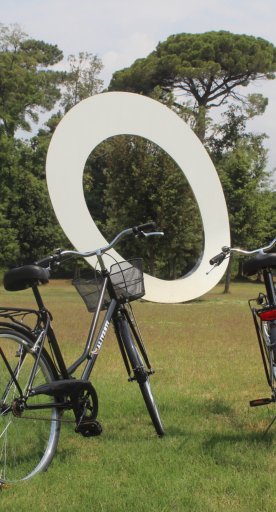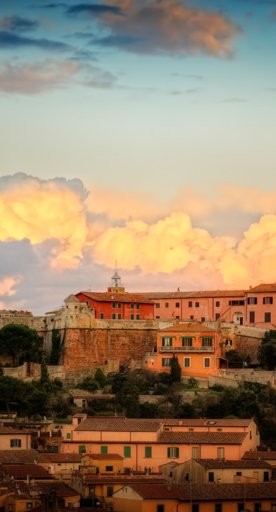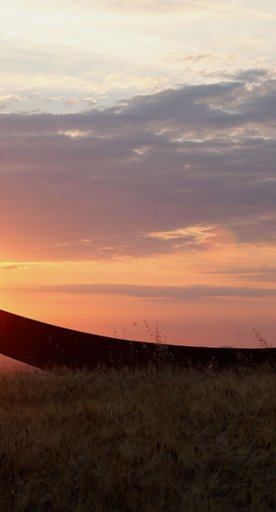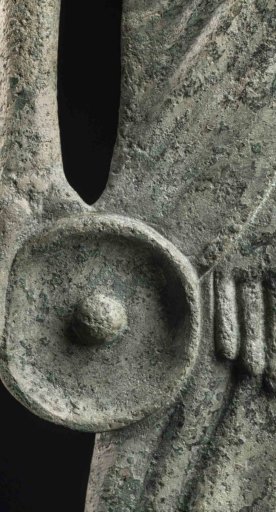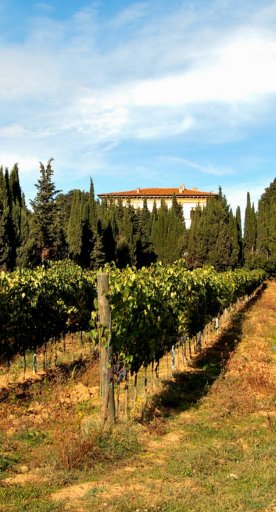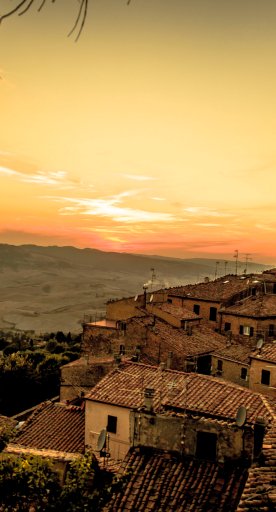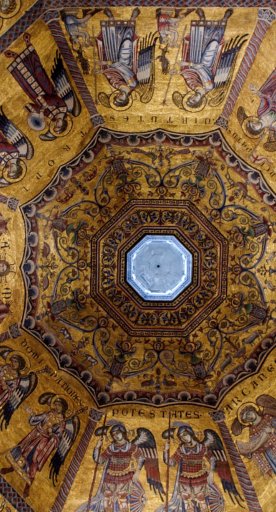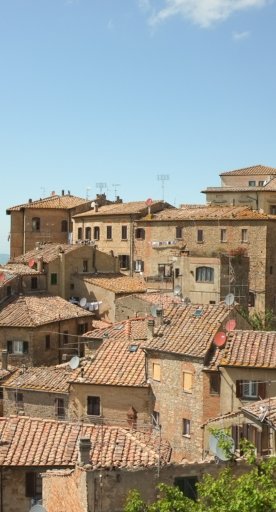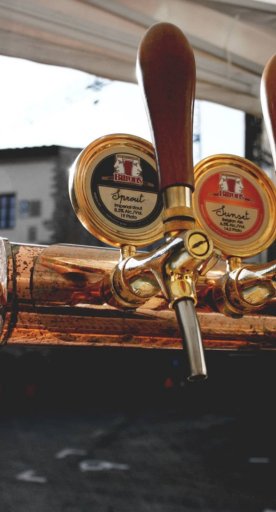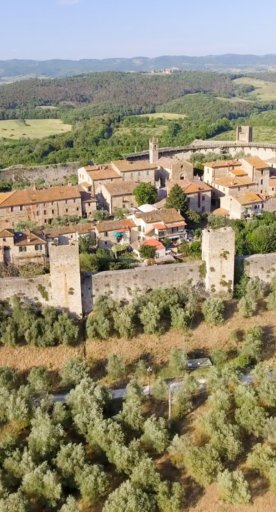Things you can't miss in Volterra
Discover here what is not to be missed in Volterra
Volterra is located in the east side of the province of Pisa, on the borderline of the province of Siena, and is situated on a hill 1770 feet above the sea level, between the valleys of Cecina and Dell'Era. Its origins date back to the ancient Etruscans, who used to call the city as Velathri or Felathri, while the actual name comes from Volaterrae, dating back to the Roman era. The Etruscan walls are still visible, well preserved and surround the city centre.
Furthermore, you can really feel a medieval atmosphere when walking through the narrow streets of the centre. Throughout the Middle Ages, the city was home to the bishop, then it fell into the hands of Florence (and the Medici family), and, afterwards, under the Grand Duchy of Tuscany.
-
1.Main attractions in Volterra
-
2.Events in Volterra
-
3.Fun Facts
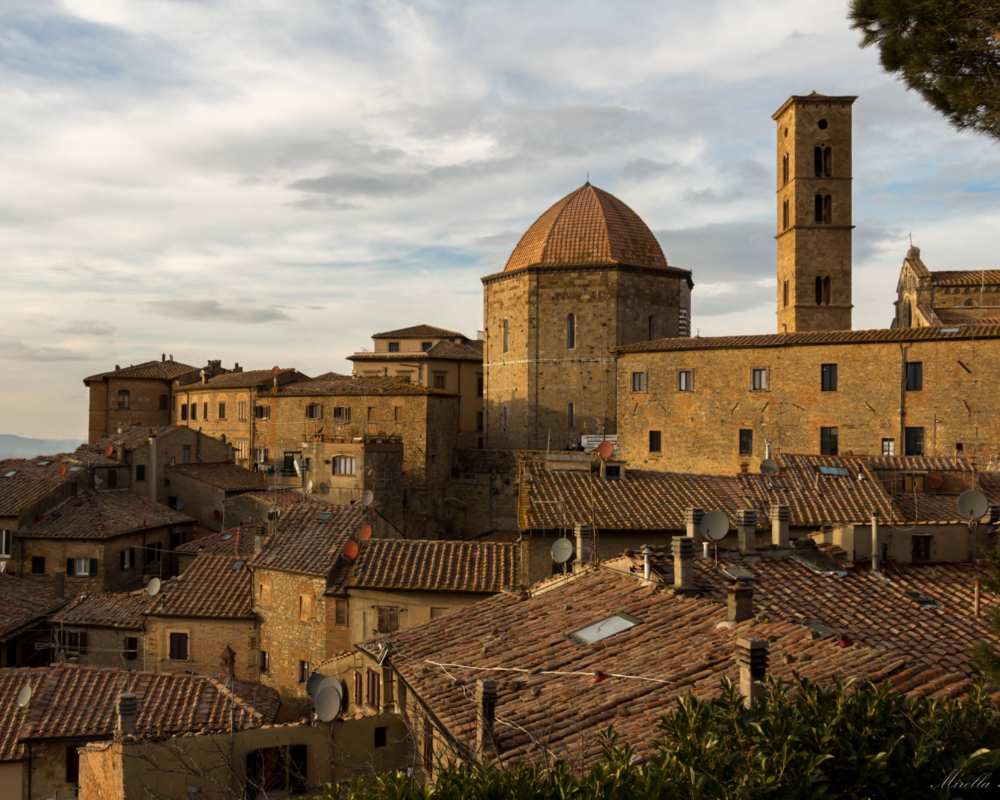
Main attractions in Volterra
There are really a lot of things to see in Volterra. Here is a list of things you can't miss:
- The heart of the medieval town is Piazza dei Priori with the wonderful Palazzo dei Priori, today the city hall. Its façade has ancient emblems of marble and glazed earthenware. In the same square you will also find Palazzo Pretorio, whose tower is very ancient and is considered one of the first towers of the town. It is traditionally known as the Tower of the Little Pig because at the top there is a small pig in stone placed on a shelf.
- The Duomo or Cathedral is a Romanesque building of the XII century and it was constructed on the site of a previous church. It has a Romanesque façade and an entrance that was added in the 13th century. The interior was modified in the late-16th century in the Renaissance style and it has a richly decorated ceiling and several chapels with frescoes or wood panels, as well as a 12th-century marble pulpit.
- The Baptistery of the Cathedral stands opposite to it in the same square. It is a 13th-century structure and has an octagonal base. The façade is adorned with stripes of white and green marble, which are very common in Tuscany. The interior is simple, but it houses an exceptional piece of art: the octagonal marble baptismal font, sculptured by Sansovino in 1502.
- The Roman Amphitheatre, constructed in the 1st century BCE (it’s opened in winter only on weekends; the rest of the year it’s open daily). Behind the theatre there are the remains of Roman baths, dating back to the 4th century AD and there are also remains of a Roman forum. During the Middle Ages these sites were part of a rubbish dump and were buried. Excavations began in 1951.
- The Pinacoteca (Art Gallery) in Palazzo Minucci-Solaini is a gallery containing works by Tuscan artists from the 14th to 17th centuries, including the Deposition by Rosso Fiorentino.
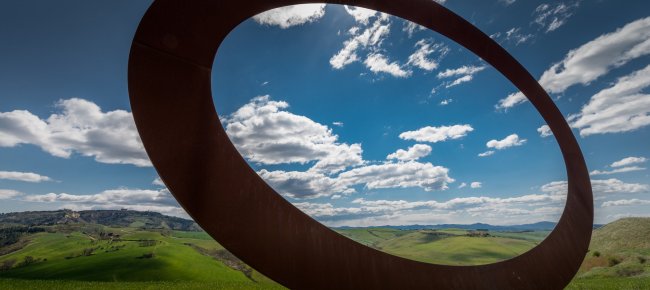
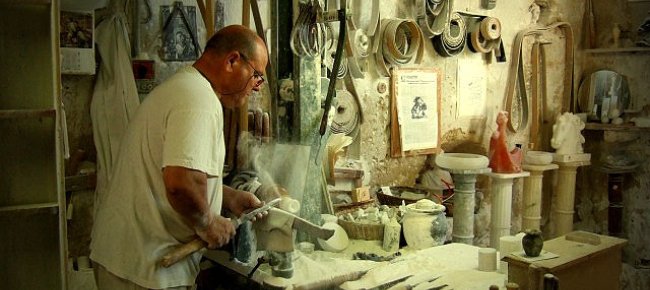
- The Cathedral of Santa Maria Assunta was enlarged in the 13th century after an earthquake. It houses a ciborium, a notable wood Deposition from 1228, a masterwork of Romanesque sculpture, and the Sacrament Chapel. Also noteworthy is the Addolorata Chapel, with a terracotta group attributed to Andrea della Robbia and a fresco of Riding Magi. In the nearby chapel, dedicated to the Very Holy Name of Jesus, is a table with Christ’s monogram, allegedly painted by Bernardino of Siena. The rectangular bell tower is from 1493.
- The Medicean Fortress, known as Maschio, is now a prison housing a restaurant.
- The Guarnacci Etruscan Museum hosts thousands of funeral urns dating back to the Hellenistic and Archaic periods. One of the main attractions are the bronze statuette “Shadow of the Night”; the cinerary urn called “Urna degli sposi”; and the sculpted effigy of an Etruscan couple in terra cotta.
- There are six gates in the Etruscan walls in the centre, dating from the 13th to 16th centuries, including the well-preserved Porta dell'Arco and Porta Diana gates. Porta dell'Arco is the only remaining part of the ancient city walls from the 5th century. It was incorporated in the city walls, built in the 13th century, when the Ghibellines succeeded the Guelphs. From the outside, the gate is decorated with the three human heads. Porta San Francesco still has traces of the original frescoes. From Porta San Felice there are views of the countryside beyond the town. Porta Fiorentina was originally called Porta San Agnolo, after the nearby church; it was built in an architectural style typical of Volterra, though some modifications were carried out in the 16th century. During the siege of the town in 1530, the tower above the gate, which served as an armoury, was completely destroyed. The gate leads to the direction of Florence, and therefore, the locals call it Porta Fiorentina.
- The Museum of Alabaster in Volterra is the flagship attraction of the wider Ecomuseum of Alabaster, which links together Volterra, Castellina Marittima and Santa Luce, three towns whose fortunes have been historically tied to the alabaster craft.
Events in Volterra
Among the other events, Volterra hosts Volterragusto, a much awaited food & wine fair happening twice a every year in spring and in autumn, and Volterra AD 1398, a medieval reenactment that takes place every 3rd and 4th Sunday of August.
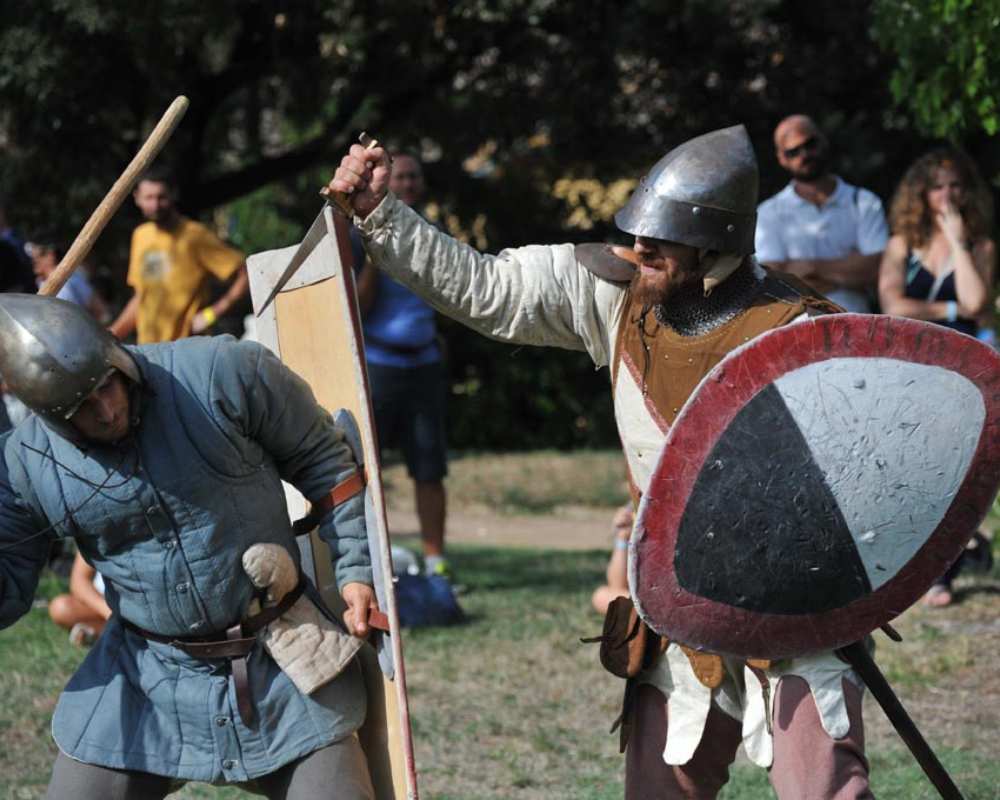
Fun Facts
Volterra was the setting for New Moon, the second vampire book in the Twilight series written by Stephanie Meyer. In the book, Volterra is home to the Volturi, an ancient group of vampires.
This article was originally written by Serena Puosi.
